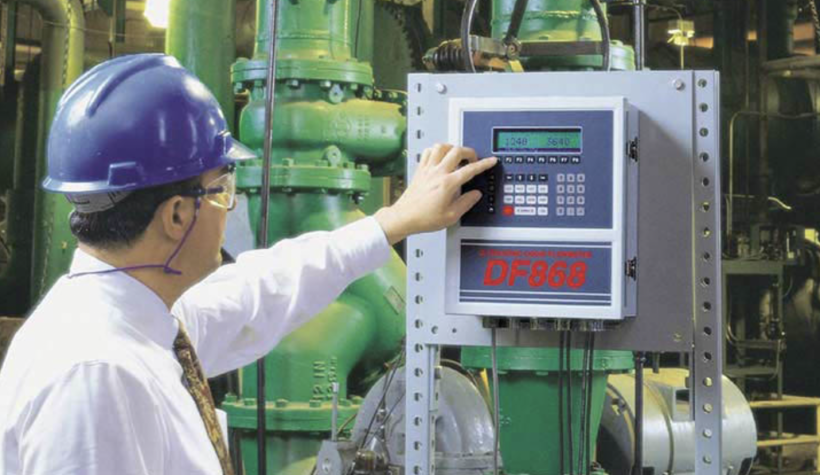Your choice of an ultrasonic flow meter could mean the success of your application, while the wrong one can bring nothing trouble for your project. Worse, a wrong ultrasonic flow meter can impact your production, leading to losses in money and time. Therefore you should perform your due diligence when choosing one while considering the differences between mass and volume flow measurement. Here is everything you should consider.
Popularity vs. price
Many people always consider popularity and price when selecting ultrasonic flow meters, something you should be wary of. Remember that it is easy to choose wrongly if you place the cost at the top of your selection criteria. You may buy one that is poor physically and performance-wise, turning your project into a nightmare.
Furthermore, your initial savings will quickly dissipate if the flow meter’s ancillary equipment requires expensive and frequent maintenance.
In contrast, ultrasonic flow meters with a higher initial investment may cost less to maintain and operate, making them worth it in the long run. Easily maintainable equipment has less or no downtime saving you more resources.
Selecting what is popular or cheap can lead to a nightmare, so you should avoid using such criteria.
Volume and mass flow measurement
Volume and mass flow measurements are the two primary fluid measurements. Your choice of an ultrasonic flow meter depends on your application, components, and the purpose of the measurement.
You can quickly eliminate some flowmeters because they won’t be compatible with your specific application. For instance, an electromagnetic flowmeter may not work with hydrocarbons because it requires a conductive fluid. Others cannot measure slurries or gases, and therefore volume and mass flow matter when choosing a flow meter.
Consider the fluid properties.
Understand the characteristics of the fluid you intend to measure when choosing an ultrasonic flow meter. The properties to evaluate include flow range, consistency, viscosity, temperature, density, type, condition, pressure, contaminants, and corrosive nature.
Physical dynamics of the application
You should also keep in mind the physical dynamics of the application when choosing an ultrasonic flow meter. Consider the following physical properties:
- Configuration of the pipes linked to the flow meter and the pipe length at the inlet and outlet.
- The material of the pipes.
- The size of the pipes. Note that some flow meters perform poorly with the small pipes while others cannot measure fluid in large pipes.
- The surrounding area- is it stable or variable?
- The angle at which the flow meter works can impact its performance.
Specifications of the flow meter
Last but not least, consider the specifications of the flow meter. Accuracy, repeatability, and rangeability or turn-down ratio are some things to consider. Hygiene also matters in the food, pharmaceuticals, and medical industries as they demand high sterility. When evaluating the costs, please keep in mind installation, maintenance, and repairs overtime to ensure what you pay is worth it.
The takeaway
It is advisable to get information from people with knowledge of these complex devices to make the right choice.
Laila Azzahra is a professional writer and blogger that loves to write about technology, business, entertainment, science, and health.
